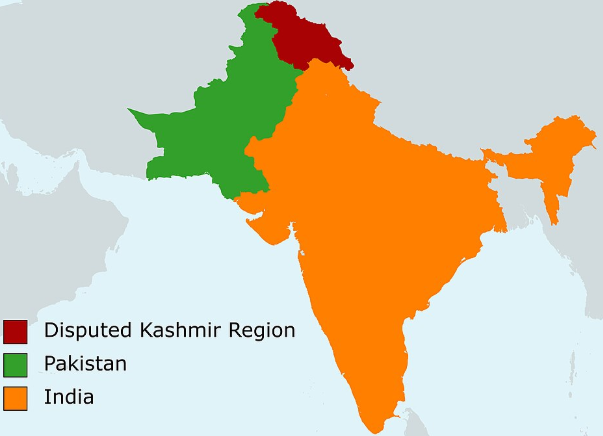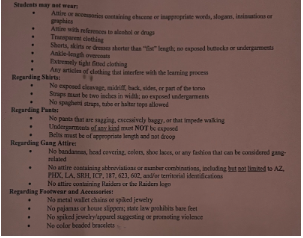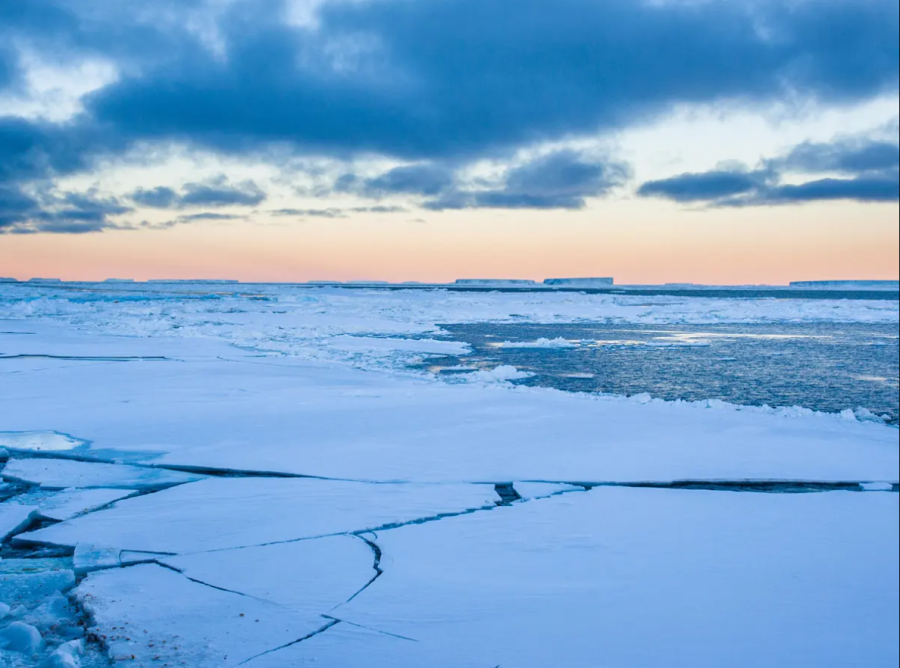Antarctic Sea Ice Levels are at a New Concerning Low
May 11, 2023
The sheets of ice that coats the seas of the Antarctic are melting away as the years pass. In fact, the sea ice levels are at the lowest they have ever been as concluded by four decades of satellite observations.
According to Dr. Will Hobbs at the University of Tasmania, “By the end of January, we could tell it was only a matter of time. It wasn’t even a close run thing,” referring to the circumpolar event. The continent’s waters experience a massive shift each year where sea ice peaks at around 18 sq km each September before dropping to 2m sq km by February. However, in the southern hemisphere in the summer of 2022, the amount of sea ice decreased to 1.92m sq km, which is an all-time low.
“The fate of Antarctica – especially the ice on land – is important, “ says Graham Readfern, a journalist for The Guardian. This proves to be true because the continent holds enough ice to raise the sea levels significantly.
Melting sea ice doesn’t directly impact the sea levels but the knock-off effects can. The knock-off effects act in a domino effect almost. Sea ice serves to buffer the effect of storms on ice attached to the coast. So if the ice were to disappear, the wave action would increase and then weaken floating ice shelves which themselves stabilize massive ice sheets and glaciers.
Dr. Ariaan Purich, a climate scientist at Monash University, says that “Everyone should be concerned about what’s happening in Antarctica.” Even though Antarctica is seemingly remote, its changes can affect the climate globally.









































